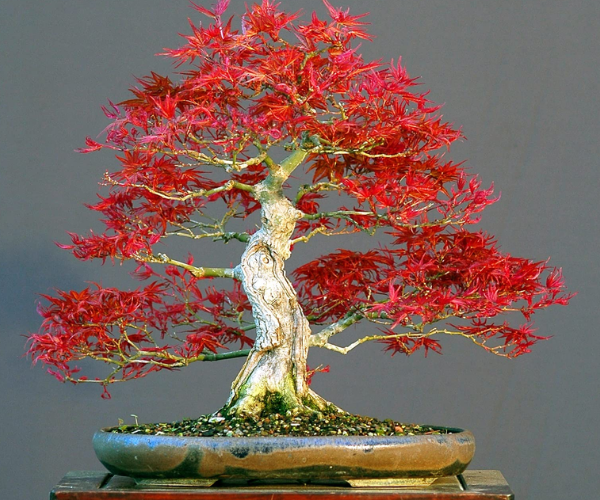Introduction:
Dogs have been our faithful companions for thousands of years, and their unique behaviors continue to fascinate us. One of these behaviors is rolling on their toys, which dogs often do with great enthusiasm. However, have you ever wondered why dogs roll on their toys? In this section, we will delve into the theories behind this behavior and explore some of the factors that may contribute to it.

Theories of Why Dogs Roll On Their Toys:
Instinctual Behavior:
One theory suggests that rolling on toys is an instinctual behavior that has been passed down from dogs’ wild ancestors. Wild canids such as wolves and coyotes would roll on the ground to mask their scent and make it harder for their prey to detect them. Rolling on toys may be a way for dogs to satisfy this instinctual behavior. Rolling on toys can also be a way for dogs to mark their territory, another instinctual behavior inherited from their wild ancestors.
Communication:
Dogs rely heavily on their sense of smell to communicate with each other. Rolling on toys can transfer their scent onto the toy, marking it as their own. This can communicate to other animals that this toy belongs to them. Scent marking is an essential form of communication among dogs, and it can convey information about a dog’s sex, age, and social status. Rolling on toys can also be a way for dogs to communicate their ownership of the toy to their human companions.
Play Behavior:
Rolling on toys can also be a form of play behavior for dogs. Play is a crucial component of a dog’s life, providing both physical and mental stimulation. Rolling on toys can engage dogs in physical activity and use their core muscles to maintain balance. It can also be a mentally stimulating activity that keeps dogs engaged and entertained. Rolling on toys can also provide dogs with an outlet to relieve stress and anxiety.
The Benefits and Negatives of Rolling on Toys:
Physical Benefits:
Rolling on toys can provide several physical benefits for dogs, including exercise and improved balance. When dogs roll on their toys, they engage in a physical activity that requires them to use their core muscles to maintain balance. This can help to strengthen their muscles and improve their overall physical fitness. Rolling on toys can also be a way for dogs to get the exercise they need, especially if they are unable to go outside due to bad weather or other reasons.
However, there are some potential negatives to consider as well. If dogs roll on toys that are too small or have sharp edges, they can accidentally hurt themselves. Rolling on hard surfaces can also lead to scrapes or scratches on their skin, which can be painful and uncomfortable.
Mental Benefits:
Rolling on toys can provide several mental benefits for dogs, including stress relief. Rolling on toys can be a way for dogs to relieve stress and anxiety, as it provides an outlet for their pent-up energy. Additionally, the physical activity involved in rolling on toys can release endorphins, which can help to improve their mood and reduce stress.
However, there are also some potential negatives to consider from a mental perspective. If dogs become too fixated on rolling on toys, they may develop an obsessive-compulsive disorder (OCD) that can be detrimental to their mental health. Additionally, if dogs become too possessive of their toys, it can lead to aggressive behavior towards other dogs or even humans.
- Are Bonsai Trees Poisonous to Dogs? [Guide]
- What Is the C5 Vaccination for Dogs? [A Comprehensive Guide]
Final Thoughts on the Behavior:
In conclusion, rolling on toys is a natural behavior for dogs that can serve multiple purposes. Whether it’s fulfilling an instinctual behavior, marking their territory, communicating with other animals, or providing mental and physical stimulation, rolling on toys can be an enjoyable and enriching activity for dogs.
However, it’s essential to keep in mind that rolling on toys can also have potential negatives, such as accidental injuries, obsessive-compulsive disorder, and possessive behavior. By providing appropriate toys, monitoring behavior, and seeking veterinary advice when necessary, we can ensure that dogs can safely and enjoyably engage in this behavior.

Doctor of Veterinary Medicine (D.V.M.) at Nation Taiwan University,Master of Science (M.S.) in Biomedical Engineering at National Taiwan University of Science and Technology




